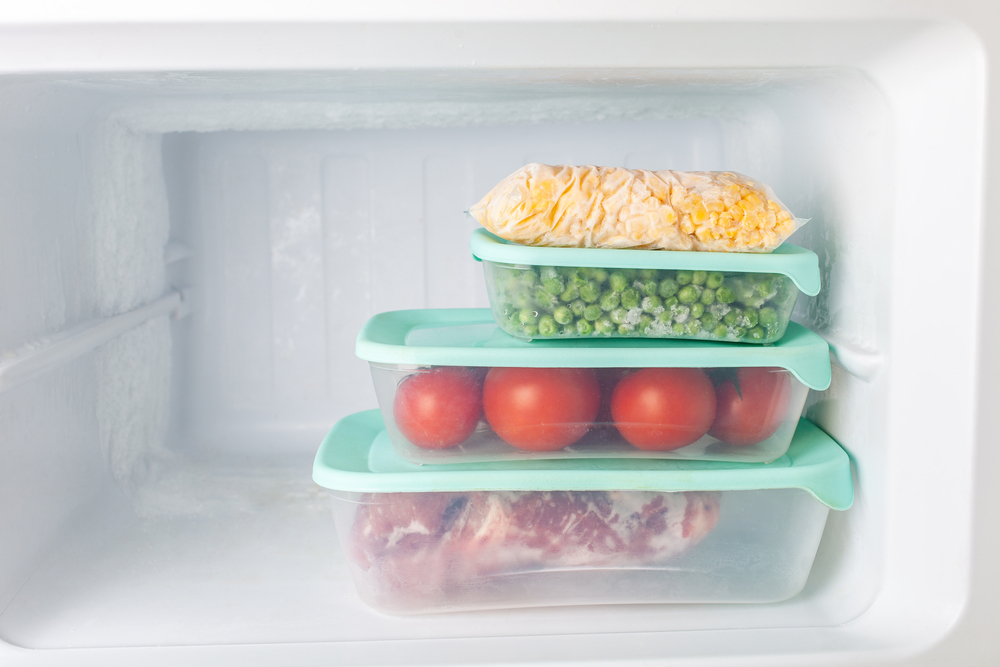Receive Help With Food Assistance Programs
Get help with food assistance programs and access to nutritious food. Find out how to qualify for SNAP, WIC, and other food assistance programs in your area. Receive assistance and support to help you and your family stay healthy and nourished.
Food assistance programs are vital resources for individuals and families who are struggling to afford their basic nutritional needs. These programs offer a lifeline to millions of Americans every year and have been successful in reducing hunger and improving the overall health and well-being of many households.

What are food assistance programs?
Food assistance programs are government-sponsored initiatives designed to provide financial support to eligible individuals and families so that they can access nutritious food. These programs offer a range of services, including financial assistance for purchasing groceries, free or reduced-price meals at schools, and emergency food supplies for those in crisis. Food assistance programs are essential for addressing food insecurity and malnutrition, promoting healthy eating habits, and ensuring that vulnerable populations have access to the resources they need to thrive.
What does the application process look like?
The application process for food assistance programs varies depending on the specific program and the state in which you reside. However, there are several common steps that applicants will need to complete in order to be considered for assistance.
-
Determine your eligibility: While each program has its own set of criteria, most food assistance programs require applicants to meet certain income and household size requirements. You can usually find information about eligibility requirements on the program's website or by contacting your local social services agency. Some programs may also have additional criteria, such as being pregnant, having a disability, or being a senior citizen.
-
Gather necessary documentation: In order to apply for food assistance, you will need to provide documentation to verify your identity, income, and household size. This may include items such as your Social Security card, pay stubs, and proof of residency. Be sure to review the specific documentation requirements for the program you are applying to and gather these items before starting the application process.
-
Complete the application: Most food assistance programs have an online application that you can complete at your convenience. Alternatively, you may be able to obtain a paper application from your local social services agency. Be sure to answer all questions accurately and completely, as incomplete or incorrect information may cause delays in processing your application.
-
Submit your application: Once you have completed the application and gathered all necessary documentation, submit your application to the appropriate agency. This may involve mailing in a paper application or uploading documents electronically through an online portal.
-
Attend an interview (if required): Some food assistance programs may require applicants to participate in an interview to discuss their situation and verify the information provided in the application. Be prepared to answer questions about your income, expenses, and household members, and bring any required documentation to the interview.
-
Wait for a decision: After submitting your application, you will need to wait for the agency to review your information and make a determination about your eligibility for assistance. This process can take several weeks or even months, depending on the program and the volume of applications received.
-
Receive benefits (if approved): If your application is approved, you will begin receiving benefits through the food assistance program. This may include receiving an Electronic Benefits Transfer (EBT) card for purchasing groceries, being enrolled in a free or reduced-price meal program at your child's school, or receiving emergency food supplies from a local food pantry.
What are some federal and state programs, and what can one expect to get from them?
There are several federal and state food assistance programs available to help individuals and families in need. Some of the most prominent programs include:
-
Supplemental Nutrition Assistance Program (SNAP): SNAP is the largest food assistance program in the United States, providing monthly benefits to eligible low-income individuals and families to help them purchase groceries. SNAP benefits are distributed via an EBT card, which can be used at participating retailers to purchase a wide variety of food items.
-
Women, Infants, and Children (WIC): WIC is a federal program designed to provide nutrition education, supplemental food, and healthcare referrals to low-income pregnant women, new mothers, and young children who are at risk of malnutrition. WIC benefits may include specific food items, such as infant formula, fruits and vegetables, and whole grains, as well as vouchers for purchasing these items at participating retailers.
-
National School Lunch Program (NSLP) and School Breakfast Program (SBP): These programs provide free or reduced-price meals to eligible students in public and nonprofit private schools. Participating schools receive federal reimbursement for each meal served, helping to ensure that all students have access to nutritious meals during the school day.
-
Emergency Food Assistance Program (TEFAP): TEFAP is a federal program that provides emergency food assistance to low-income individuals and families through food banks, pantries, and soup kitchens. TEFAP supplies these organizations with USDA-purchased commodities, which are then distributed to eligible recipients in the form of food boxes or prepared meals.
-
State-specific programs: Many states also offer their own food assistance programs, which may have different eligibility requirements and benefits than federal programs. These programs may include state-funded food pantries, farmers' market nutrition programs, or senior nutrition programs. To learn more about the programs available in your state, contact your local social services agency or visit your state's Department of Health and Human Services website.
Food assistance programs play a crucial role in ensuring that all Americans have access to the nutrition they need to lead healthy, productive lives. By understanding the various programs available, the application process, and the benefits that these programs provide, individuals and families in need can take the first step towards securing the support they require to overcome food insecurity and achieve greater well-being.
